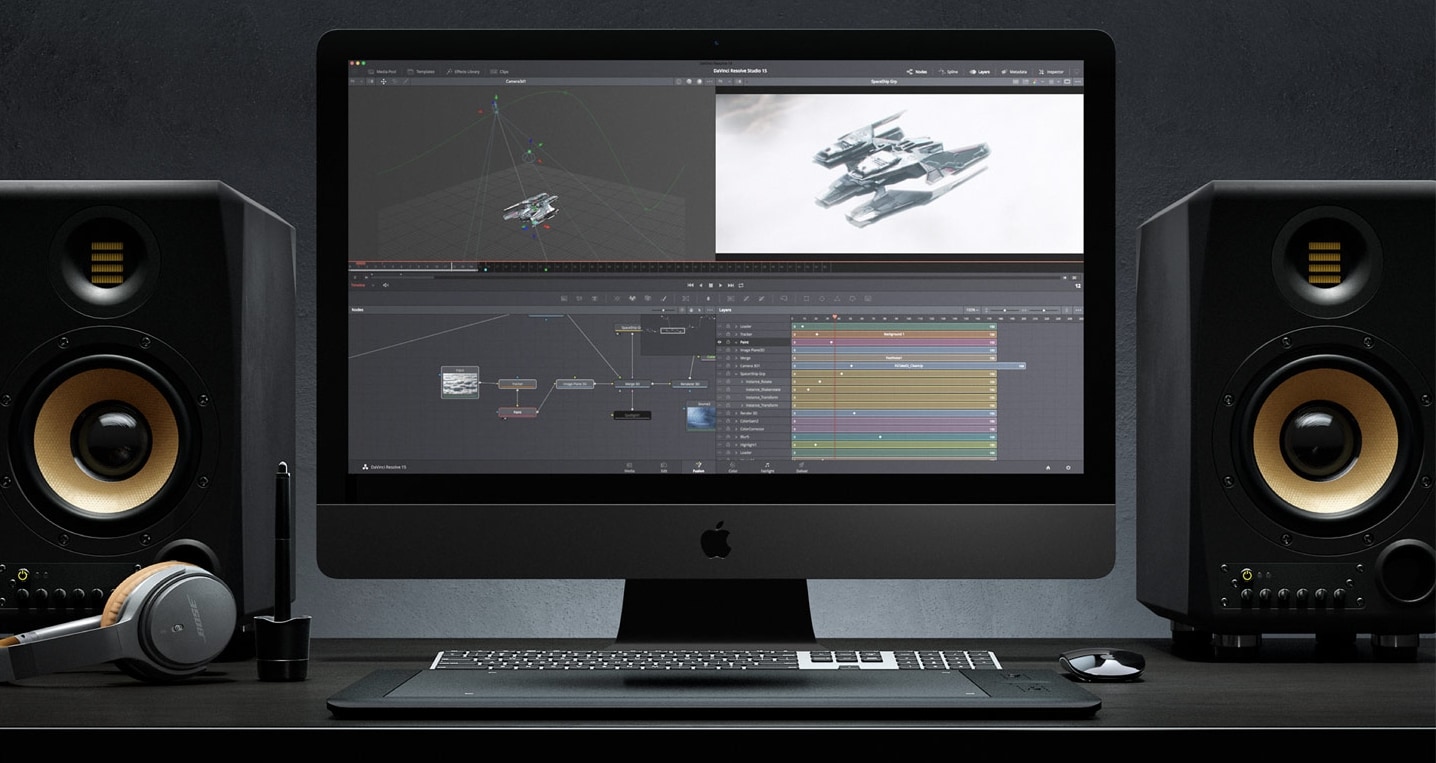


The layers at the top are "over" the layers at the bottom. In AE, you have an easily-understood visual stack of layers. Nuke artists will already know exactly how this works, but if you're coming from After Effects, you seldom have to think about it thanks to the layers paradigm. The tool most often used to accomplish this feat is a node called Merge. The compositor's job is to seamlessly blend elements with footage so that it looks like everything in the final shot was photographed at the same time with the same camera. If you don't have any suitable footage or images, though, I have prepared some tutorial assets, which you can download here (61 MB Zip archive). You can use your own assets for this lesson if you want. There wasn't much in the way of actual finished product to be had, though, so this time around we'll construct a simple composite and learn about some of the most important tools in the compositor's kit: Merges, Color Corrects, Transforms, and Masks. Last time we covered importing footage with Loaders, handling color space with the Gamut and CineonLog tools, the Viewports and Time Ruler, and rendering out the finished product with a Saver.

As those chapters are completed, I will link to them. There are references to chapters and appendices that have not yet been written. The following article is a chapter in a forthcoming compositing textbook.


 0 kommentar(er)
0 kommentar(er)
